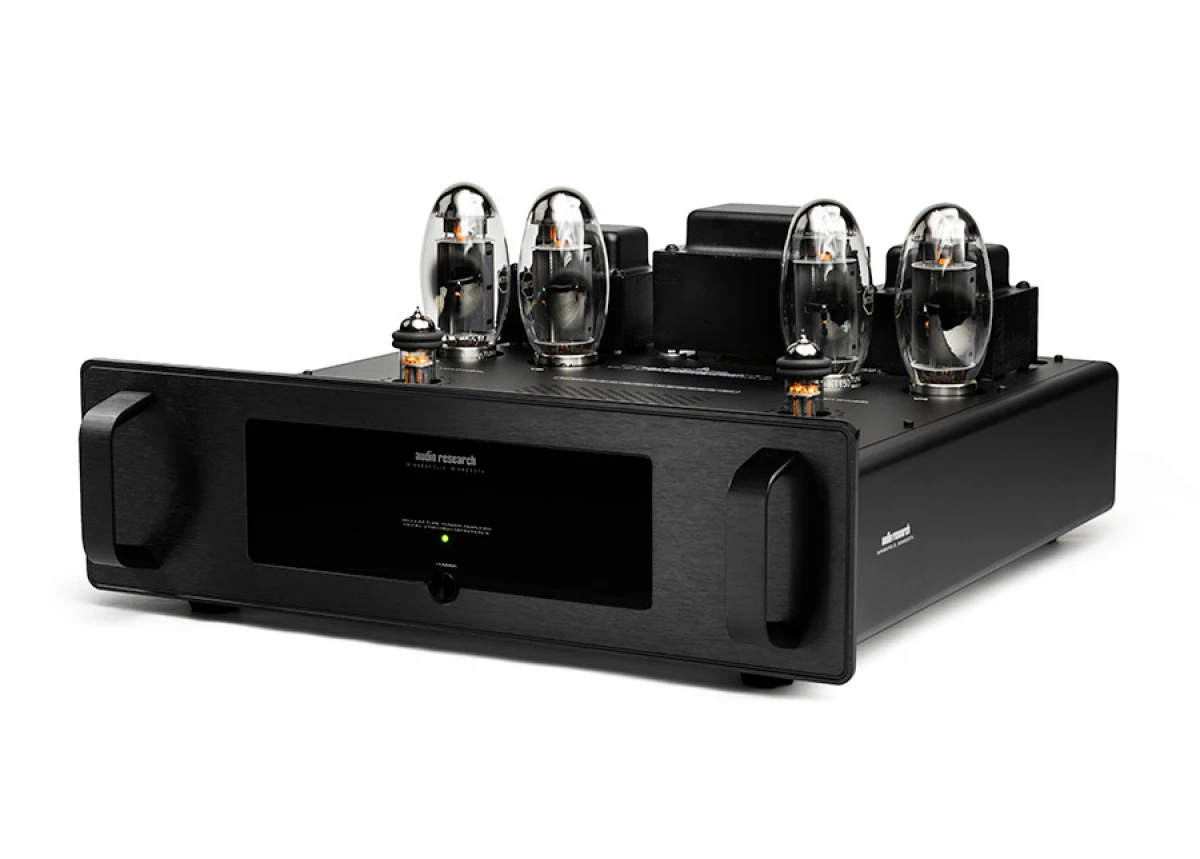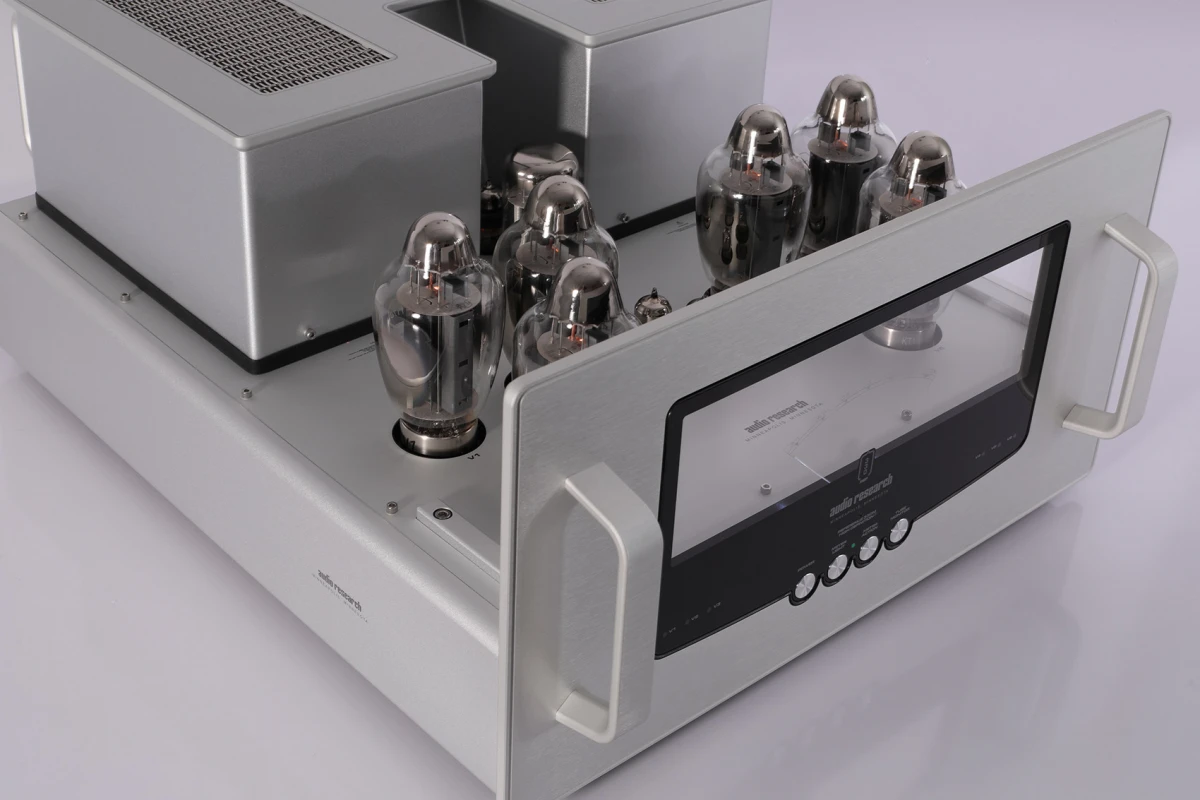Power amplifiers mono — Audio Research Reference 750SEL
Description, images, technical data and specifications
Audio Research Reference 750SEL
Image source — © Audio Research
The Audio Research Reference 750 SEL is a development of the well-known Reference 600 SEL model. The amplifiers use a very serious set of lamps - 16 x KT150; 1 x 6550WE; 1 x 6H30; 2 x KT150 Driver; 1 x 6H30. The company promises amazing linearity and musicality, as well as the ability to handle any loudspeaker - the claimed 750 watts (with peaks up to 850 watts) of power are provided at low speaker resistance from 4 to 16 ohms.


Specifications
Model name
Reference 750SEL
Input sensitivity (mV)
4600
Input impedance (balanced) (Ω)
200 000
Input impedance (single-ended) (Ω)
N/A
Output impedance (balanced) (Ω)
N/A
Output impedance (single-ended) (Ω)
N/A
Max current (A)
N/A
Output power (8Ω) (W)
750
Output power (4Ω) (W)
N/A
Gain (dBu)
24
Frequency response low +/- 3dB (Hz)
1
Frequency response high +/- 3dB (Hz)
200 000
Signal to Noise Ratio (dB)
N/A
Total Harmonic Distortion + Noise (0% global feedback) (%)
N/A
Total Harmonic Distortion + Noise (100% global feedback) (%)
N/A
Max power consumption (W)
N/A
Damping factor
N/A
Dimensions (mm)
343 × 584 × 528
Weight (kg)
77.2
Official link
More components

Power amplifiers mono
Audio Research VT80 SE

Power amplifiers mono
Audio Research Reference 160M MkII

Power amplifiers mono
Audio Research Reference 330M


